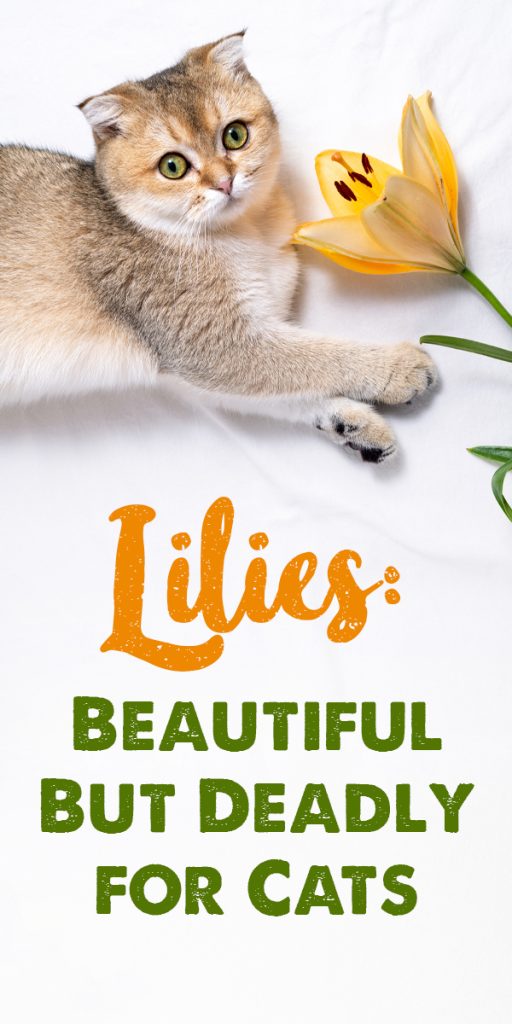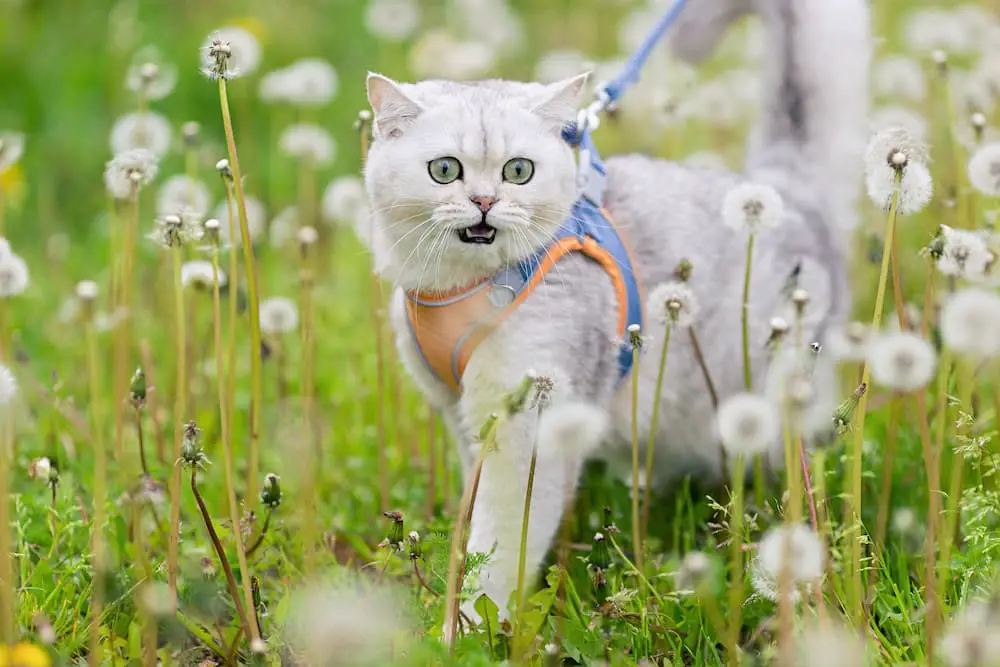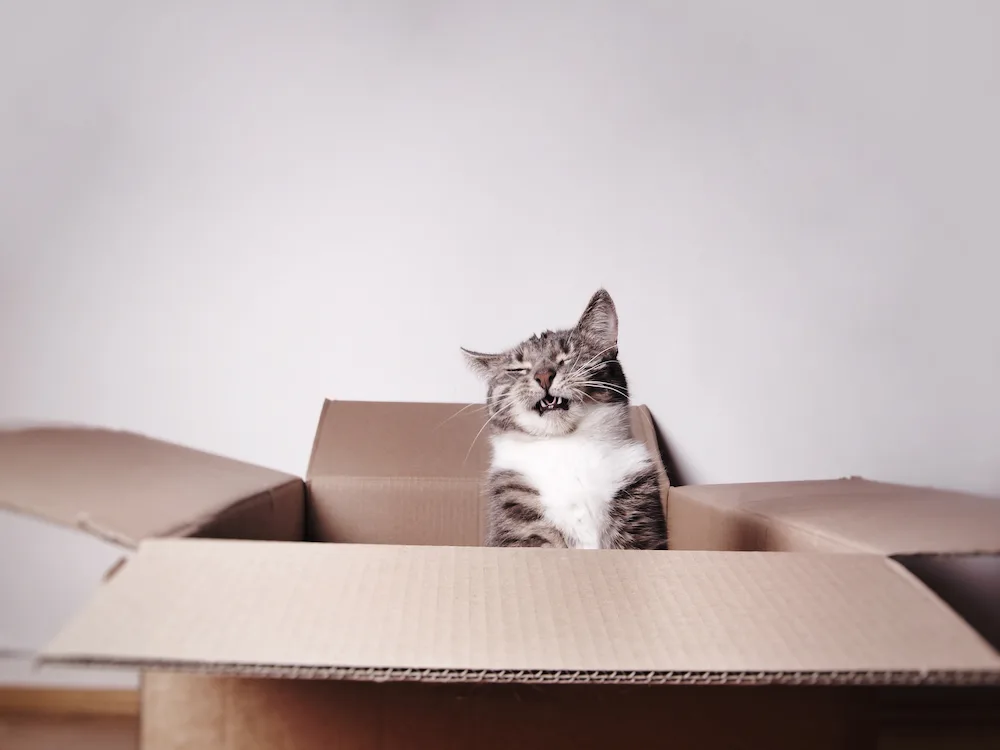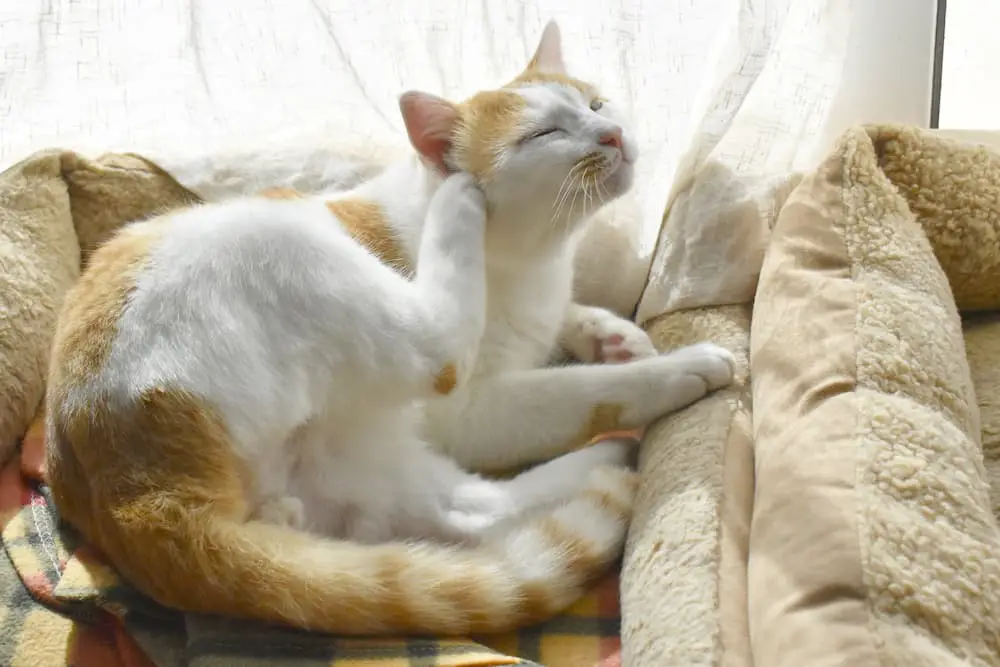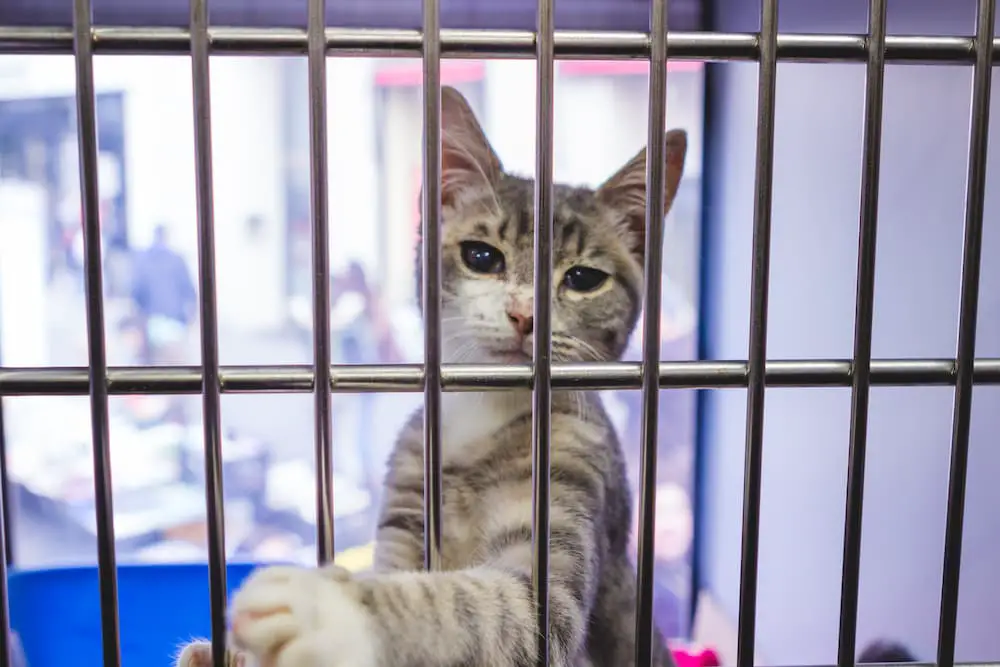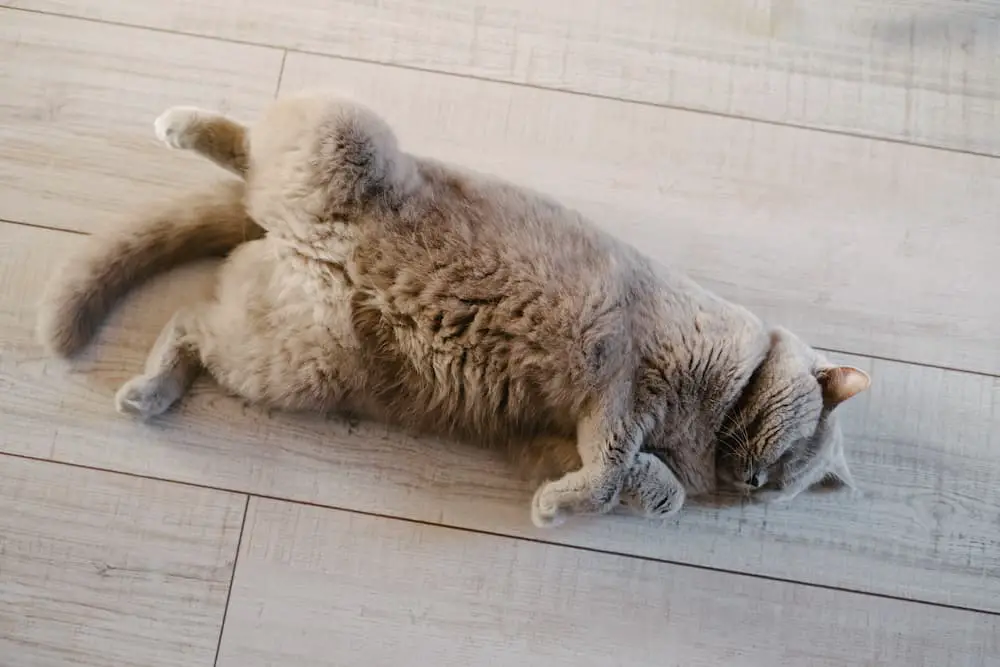There are many kinds of food and flowers that humans enjoy which are unsafe, even deadly, for our feline friends. Lilies are no exception. If your cat comes into contact with certain types of lilies, it can make him seriously ill. Even sniffing the pollen of some lilies can land your furriest friend in the emergency room! Here’s what you need to know.
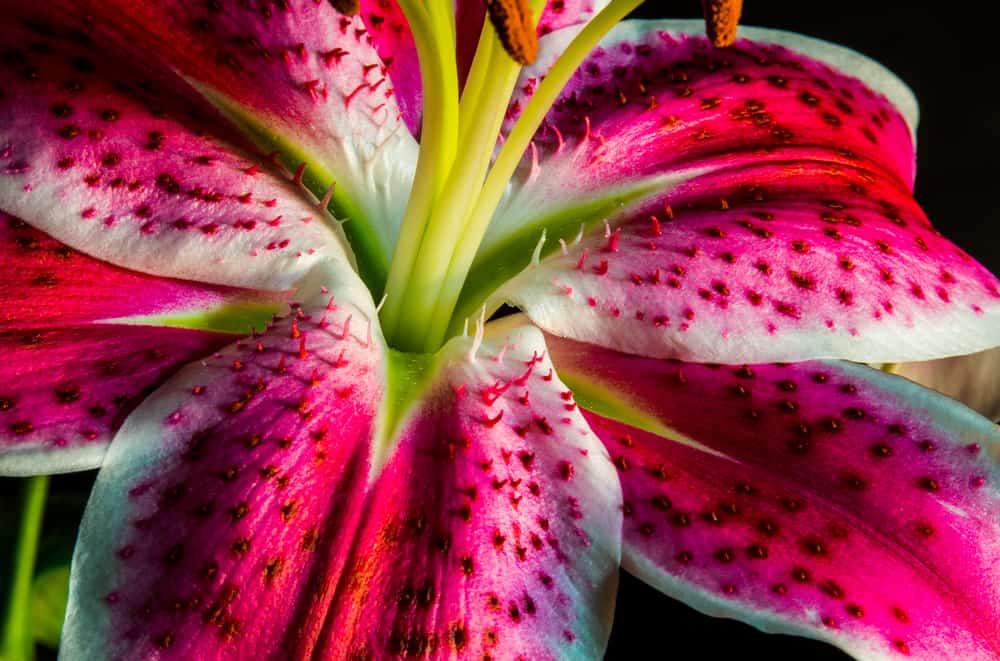
What you Need to Know About Lilies If You Have a Cat
Not all lilies are toxic to cats, but it’s important to know which ones are. They include Easter lilies, daylilies, Tiger lilies, and Stargazer lilies. The blooms are becoming increasingly popular additions to flower arrangements, even though they’re exceedingly dangerous for our cats. The very nature of a colorful floral arrangement brought into the home will attract a curious cat’s attention. Then, in the course of investigating the new “toy” in the home, a cat may ingest part of the lily. All parts of them are poisonous, from the stem, flowers, stamen, roots, and leaves.
The exact toxin in lilies that cats are so sensitive to has yet to be identified. And cats seem to be unique in their sensitivity to it. Likely because they are obligate carnivores and lack certain enzymes to digest plant materials. Interestingly, dogs only experience mild stomach issues if they consume a large quantity of lilies, and rats and rabbits have no problems at all.

Signs of Lily Poisoning in Cats
The first signs of lily poisoning and toxicity include vomiting, lethargy, depression, and loss of appetite. This usually happens within a couple of hours of contact with the plant.
Acute renal failure will develop within 1-3 days after exposure, at which time your cat will become critically ill. They will drink more than usual, become extremely dehydrated, blood work will show increased blood urea nitrogen (BUN), creatinine, phosphorous, and potassium levels, and – if untreated – the cat will die within a few days.
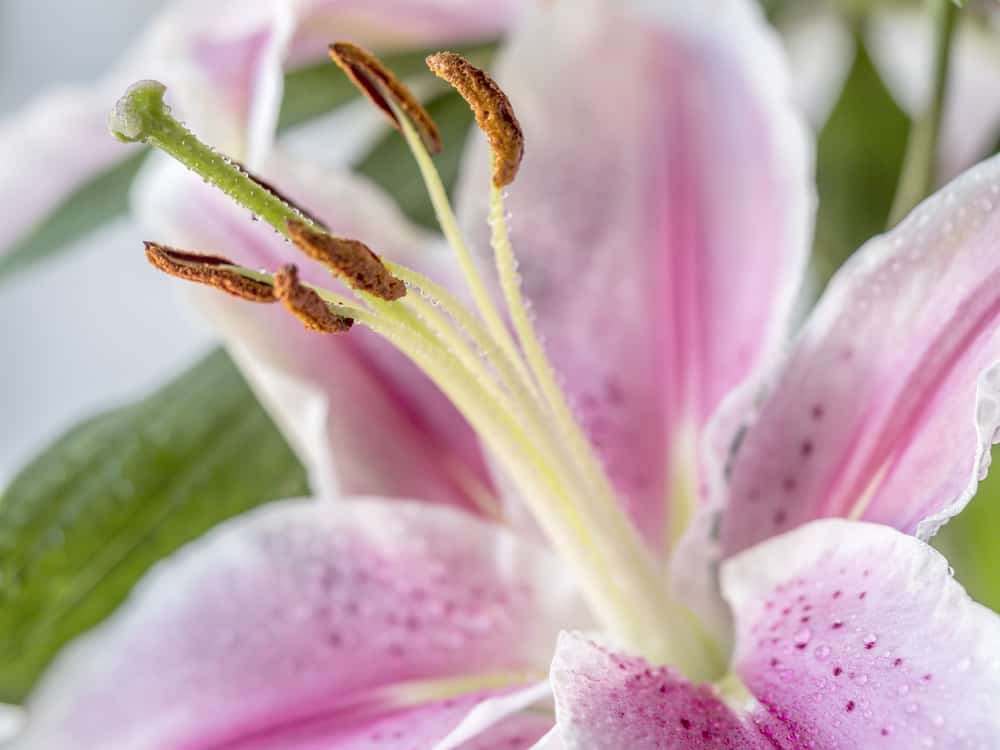
What to Do when Your Cat is Exposed to Lilies
If you think your cat may have ingested part of a lily, take your cat to the veterinarian – whether or not he or she is showing signs of illness. Bring the flower (or a photo of it) with you so your vet can verify that the lily is a dangerous variety and take steps to prevent long-term damage to the kidneys. Cats that are treated immediately have a much better chance of surviving.
Treatment may include flushing the contents of your cat’s stomach with activated charcoal, giving your cat IV fluids for 24 hours to help prevent kidney failure and flushing the toxins from his or her body. Dialysis will be necessary if your cat is showing signs of kidney failure.

Prevention is the Best Medicine
There is no way to treat your cat at home for exposure to lilies. So, again, if you think your cat has ingested one – get him or her to the vet immediately. The only way to prevent lily poisoning is to know which lilies are safe for cats, or keep any and all lilies out of your home.
Surprisingly, as dangerous as these flowers are for our feline friends, many people simply do not know! Talk to your friends and family and spread the word.
If ordering flowers for someone who has cats, specifically ask for an arrangement without lilies.
Do not bring lilies into your home! If someone gives you flowers, pick the lilies out before you bring the arrangement inside.
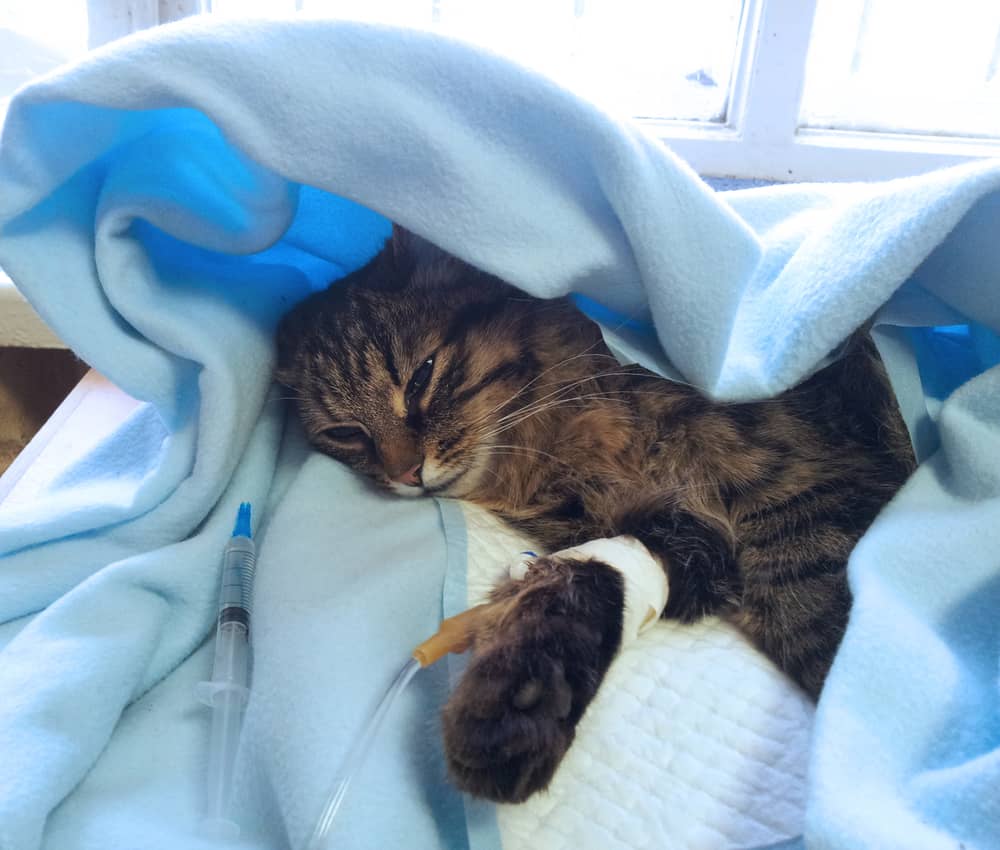
Spread the word with other pet parents – Pin this article!
